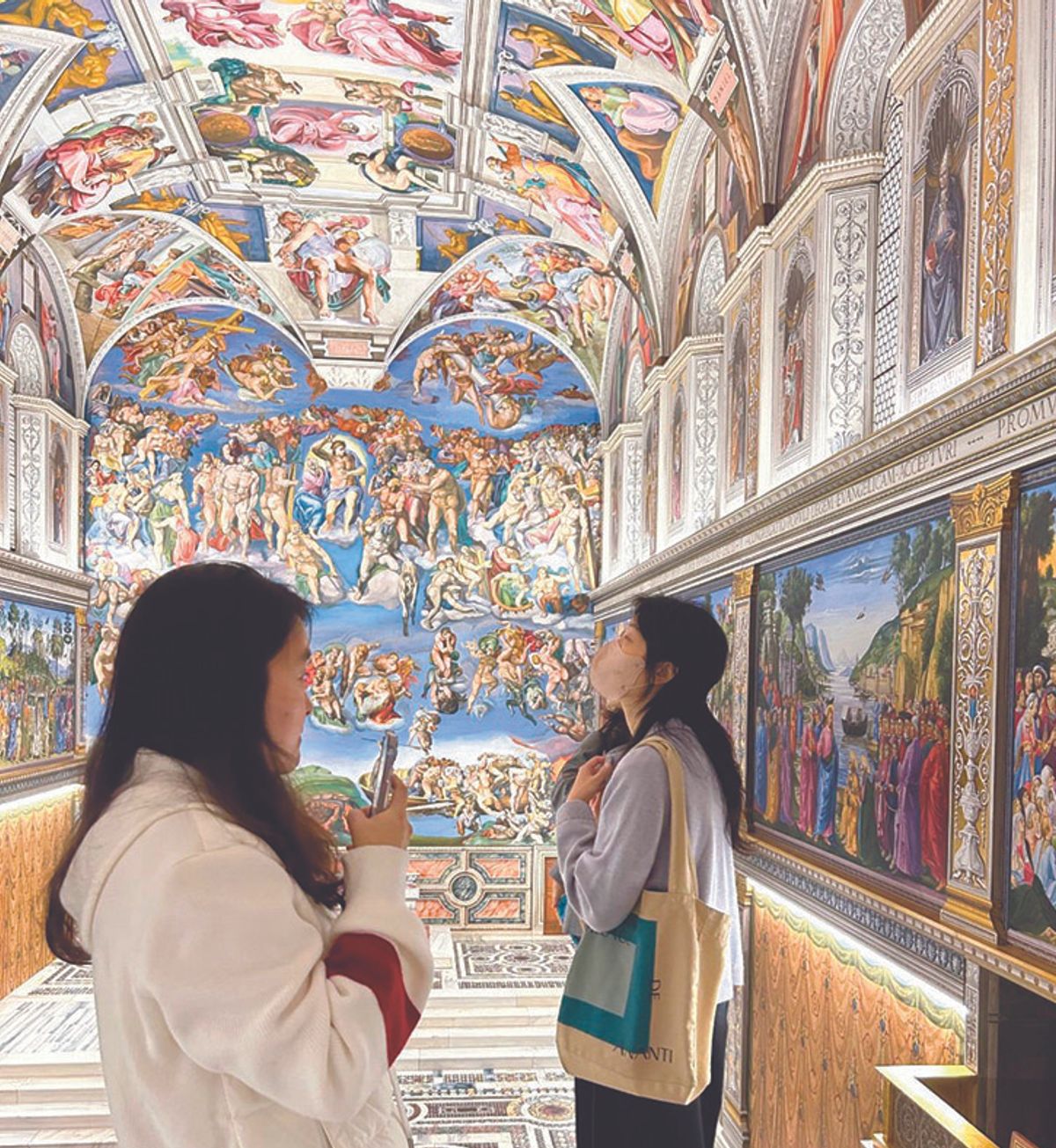It should perhaps come as no surprise that the Whitney Museum of American Art and Seoul Museum of Art have just opened a major retrospective of Edward Hopper’s work in the South Korean capital. The show Edward Hopper: From City to Coast not only marks the first-ever exhibition of Hopper in Korea, but also builds on a relationship with Seoul that the Whitney began in 1993, when the Whitney Biennale travelled to the National Museum of Modern and Contemporary Art. The Hopper exhibition coincides with the rise and rise of South Korea as a crucial arts and cultural hub. It is not only home to many well-established arts institutions, galleries and auction houses, but is also, of course, the venue for Frieze Seoul, which debuted last year.
The appetite for arts and culture is broad and deep in South Korea. Not only has the Hopper show sold more than 100,000 advance tickets (with hotels offering lavish Vermeer-type packages), but the Mayor of Seoul—a top-tier position in Korean politics—has described the advent of Frieze Seoul as a lynchpin for South Korean culture and the country’s positioning. On my recent trip to Seoul, I was struck by the sheer quality of the museums, many of them run by South Korea’s top corporations. Among these, the impressive Leeum, Samsung Museum of Art is (as are many major museums in South Korea) designed by “starchitects”: Mario Botta designed Leeum’s Museum 1, Jean Nouvel its Museum 2, while the Child Education & Culture Center is by the ubiquitous Rem Koolhaas. Samsung is still the largest conglomerate in South Korea, with a revenue—as recorded last year—of around £227bn. So, it’s no wonder that the displays from the organisation’s fabled permanent collection of ceramics are breathtaking in their quality, while the touring exhibitions are top notch (a Maurizio Cattelan retrospective includes the artist’s mini Sistine Chapel).
A powerful offshoot of Samsung, the Hansol corporation, is in the lucrative paper business (think cardboard and labels), and its magnificent museum, set amid a mountainous resort just outside Seoul, was built to house the family’s art collection and tell the history of the family business. Designed by the celebrated museum architect Tadao Ando, it is at present home to the architect’s retrospective—The Art Newspaper was granted a rare Ando interview for the occasion.
And then there is David Chipperfield’s headquarters for Amorepacific, South Korea’s largest beauty company, which includes a museum, library, restaurants and childcare facilities to ensure that “the building is not only an efficient corporate headquarters, but also the public face of a vital enterprise that is very much part of the growing metropolis” (Architectura Viva magazine online). This mix of the cultural, social, economic and professional is key to South Korea’s approach. The recognition of the arts as a powerful driver of education and professional identity, as a beacon of corporate social responsibility and as a valuable tool of soft power and diplomacy, stands in marked contrast to the way the arts are treated in Britain; undervalued and disadvantaged from the get-go, according to a recent report on the arts in schools.


